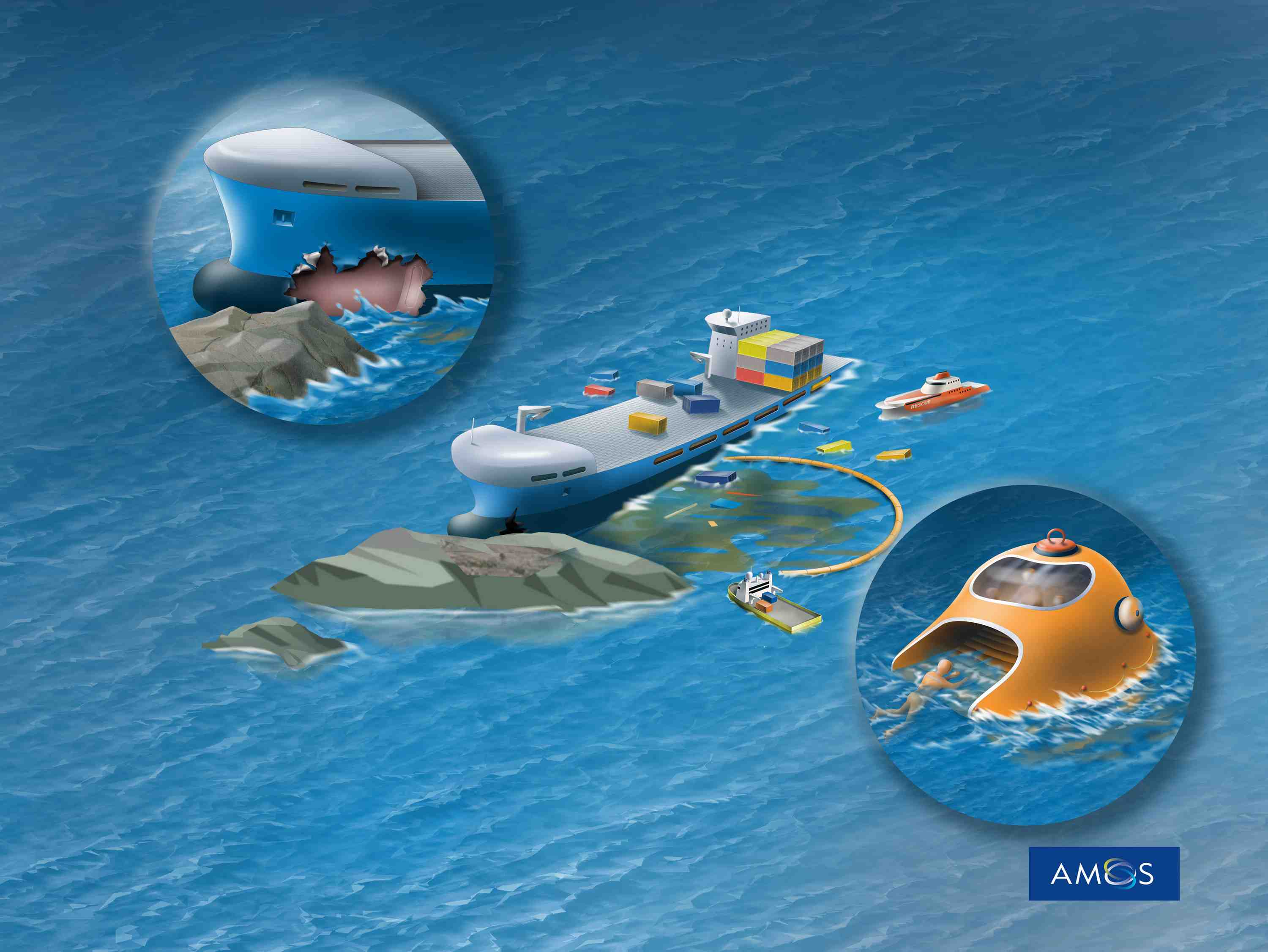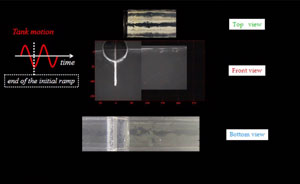Project 8: Accidents and abnormal events - AMOS
Consequences of accidental and abnormal events on ships and offshore structures

Extreme environmental conditions and complex marine operations are documented sources of accidents and need to be designed for. In the Arctic low temperature, darkness and remoteness from infrastructure and search and rescue services increases the potential consequences of accidents with respect to loss of lives, property damage and environmental pollution. Key research tasks are resistance of ships and offshore structures to collision and grounding including hydrodynamic effects. Analysis with the nonlinear finite element method (NLFEA) is computationally challenging by the sheer size of the structure; the element size should not exceed 10 times the plate thickness in order to predict deformation and rupture. For high speed grounding involving a large part of the ship length, the required number of elements becomes huge and the computation time may be prohibitive. Modelling of seawater and liquid cargo further increases the complexity.
The outcome will be: more profound knowledge of essential fluid-structure interaction phenomena, improved methods for simulation of accidental events with NLFEA, verified methods for fast assessment of damage and residual strength, applicable for direct design against accidental events and constituting a fundamental basis for development of decision support systems for emergency situations.
Project manager

Professor Jørgen Amdahl
NTNU Department of Marine Technology
Centre for Autonomous Marine Operations and Systems (NTNU AMOS)

